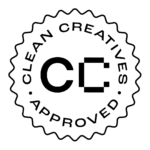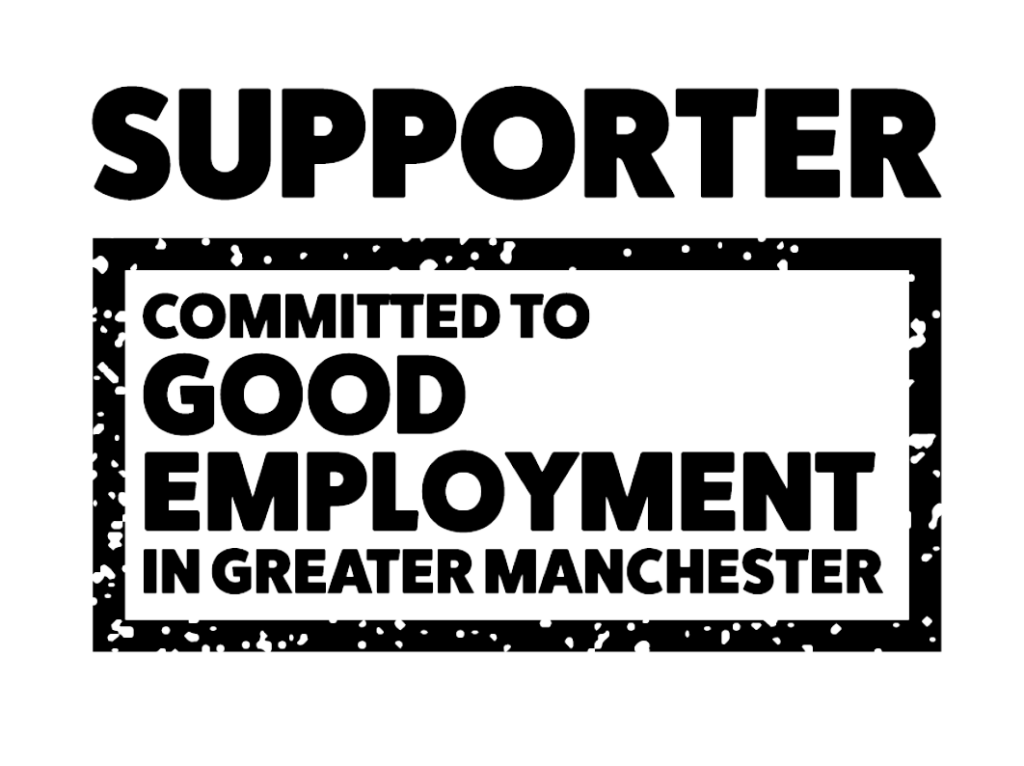As the world continues to change, the needs of your customer will follow suit.
The last two years have been difficult for us all but as we move towards a sense of normality, something still feels misplaced.
We’re back to ‘normal’ but it feels off. Why? Because we’ve changed.
What we’ve come to expect from the world, society, businesses and each other is different from pre-pandemic Britain. And, as a business, it’s important not to fall into the age-old trap of assuming your customers’ needs, wants, pains and buying behaviours haven’t been impacted.
That’s why market research must evolve to keep pace. Because that’s what your customers are doing: evolving.
So, get on your deerstalker hat, check in with Dr. Watson and get ready to play detective as we share with you the tools that you need to truly understand your customers and create marketing campaigns that resonate with your audience.
Knowledge is Power but Preparation is Key
Ever met a group of five-year-olds debating their favourite dinosaur? If you go in assuming that they’re all T-Rex lovers, your head may literally get bitten off…
That’s why tailoring your communications is essential for success; you must take what’s important to them (not what’s important to you) and identify how you can make your messages resonate. The goal is to hit your audience with a message that connects with them, so they’ll take note and listen. But how?
This is where customer segmentation comes into play…
Segmenting your customers
Whilst we don’t want you to treat everyone the same, it’s pretty difficult – not to mention timely and expensive – to target every single customer with a unique message. That said, if your customer lifetime value (or CTLV for those familiar with the marketing jargon) is super-high and you’re targeting a small audience, this may be appropriate.
Typically, however, this isn’t the case. Therefore, we must work hard to make our marketing work hard for us; it’s important to identify key trends or pieces of information that tie certain customers together – into ‘segments’ to support us in doing so.
By segmenting your customers, or breaking them up into smaller, more manageable groups with common interests or traits, you are able to tailor your campaigns more appropriately. This allows you to effectively target each segment with a suitable message or prioritise customers – in order to maximise the value of each customer to your business.
Identify trends that may knit certain groups together or little nuances which are the difference between hitting the jackpot and wasting your resource. This may be as simple as gender or geographical region, buying patterns or business size.
However, consider other indicators such as personality type and what drives them.
But what does this look like in practice?
Let us show you.
Customer 1, 2 ,3 and beyond
After segmenting your customers, creating customer personas can help you better understand what they are feeling, thinking and what, who and why they want to buy from.
When creating a customer persona, it is worth utilising the information you’ve gathered during the customer segmentation stage. By understanding your customers by their location, age and (if you have access to it) buying behaviour, you can develop a customer persona to gain a deeper understanding of them and recognise any key traits they may have.
A typical customer persona includes:
- Persona Name
- Profile Summary
- Who they are – Background, demographics, identifiers, traits and trends
- What they are – Goals, challenges and pains
- Why – Why do you think they will buy from you?
Creating customer personas will ensure your campaigns are tailored to suit the right audience and your messaging reaches the right people.
Top tip: Create a customer persona for each audience type to refine your messaging and help get rid of any generalisation you may have previously had on what your customers are thinking.
We also talk more about customer personas in one of our past blogs.
I see value in you…
So, now you’ve segmented your customers and created your personas, you should be starting to see a picture of where your customers and prospects see value in your company. This can differ greatly between your audiences.
Understanding what your customer is attracted to, challenged by and what drives them will help you tailor and communicate your key messages in the right way.
Each customer is different but the same; they know what they want but the process of buying from you may look a little different from one another and stem from entirely different drivers.
Let’s see this in action …
A gym has segmented its customers into numerous groups; two of which are below.
Jeremy likes to go to the gym and workout out. That’s it: lift weights; get fit; look great. He’s looking to join a new gym and is attracted by our high-tech equipment. He’s a solo trainer and his gym journey is based upon turning up, working out and going home.
Suze, on the other hand, wants to join the gym as she sees it as a chance to socialise. She intends to go to numerous classes and loves the idea of the gym as a place to make new friends. Therefore, she’s attracted more by the community offering than our equipment or her results.
These customers are very different but can both still be satisfied with the product on offer: a gym membership. It is just a matter of pulling out different aspects (core messages or benefits) that appeal to them.
And it all starts with getting to know your customer better. So, are you ready to get familiar?
Need help understanding your customers and how to communicate to them?
If you’re eager to drive your business forward and need a gentle push in understanding your customer base more, we can help.
We are experts in helping businesses identify and understand their audience and so much more. We help our clients realise their full marketing potential.
If you are wanting some advice or a little help in the right direction with your marketing strategy, get in touch for a free consultation.


